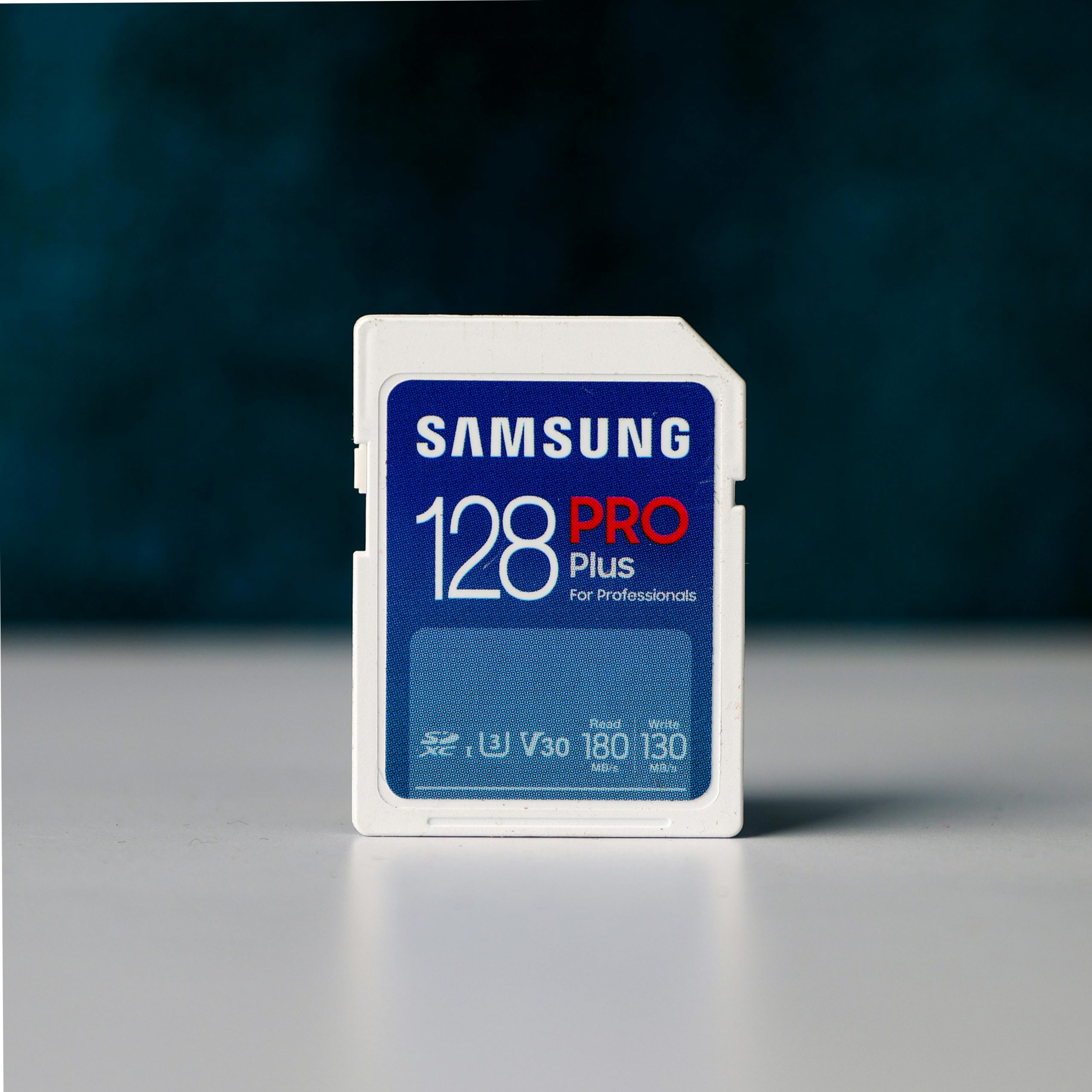Resolving Corrupt System Files on Samsung Galaxy A22 Using SD Card Firmware Update
Are you experiencing difficulties with your Samsung Galaxy A22, such as boot failures caused by corrupt system files? If your device cannot start normally but can still access recovery mode, there are effective methods to restore functionality without resorting to a full factory reset.
Understanding Your Situation
The Galaxy A22 in question appears to be suffering from system corruption, preventing normal boot-up. Standard troubleshooting steps, such as wiping the cache partition, have been attempted without success. Additionally, connecting via ADB (Android Debug Bridge) was not fruitful, indicating that alternative solutions are necessary.
Exploring Firmware Reinstallation via SD Card
One promising approach involves updating or flashing the device’s firmware directly from an SD card. This method can potentially repair or replace corrupted system files while minimizing data loss. To proceed, you will need a compatible firmware package tailored for your Galaxy A22 model and an SD card with sufficient storage.
Step-by-Step Process
-
Identify and Download Trusted Firmware
Ensure you source firmware from reputable repositories such as SamMobile, Samsung Updates, or official Samsung firmware servers. Verify compatibility with your specific device model to prevent unintended issues. -
Prepare the SD Card
Format the SD card to a compatible file system, typically FAT32. Create a dedicated folder (e.g., “FirmwareUpdate”) and copy the firmware files into it. -
Access Recovery Mode
Power off your phone. Boot into recovery mode by pressing the combination of buttons specified for your device (usually volume up + power button). From recovery, move cautiously; some devices recognize firmware update files stored on external storage. -
Initiate Firmware Flash
If your device supports sideloading or external firmware update via SD card, follow the on-screen prompts. Some Samsung devices may require Odin (Samsung’s official flashing tool) for firmware installation, which is typically used via a PC. However, if your device’s recovery mode supports direct SD card flashing, proceed accordingly.
Precautions and Data Preservation
Updating firmware using an SD card can, in many cases, be performed without erasing user data. Nevertheless, there’s always a risk—particularly if the process involves flashing system images—that data may be lost. To maximize data retention:
- Backup Data: If possible, back up your data before proceeding.
- Follow Step-by-Step Instructions Carefully: Using official or
Share this content:



